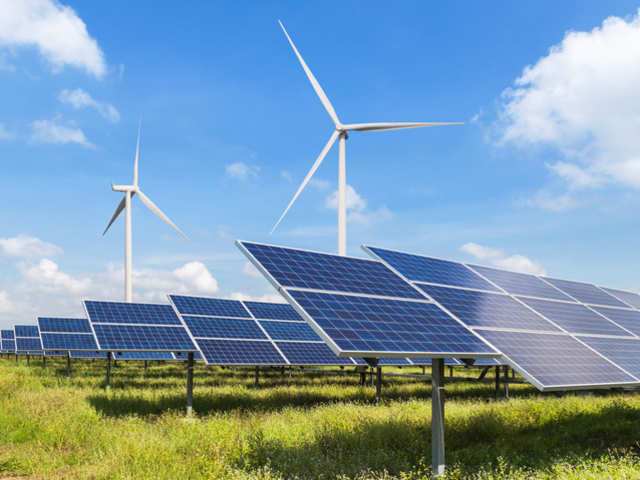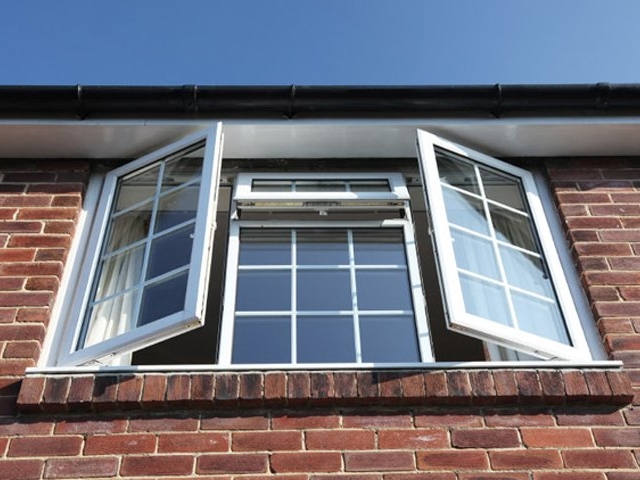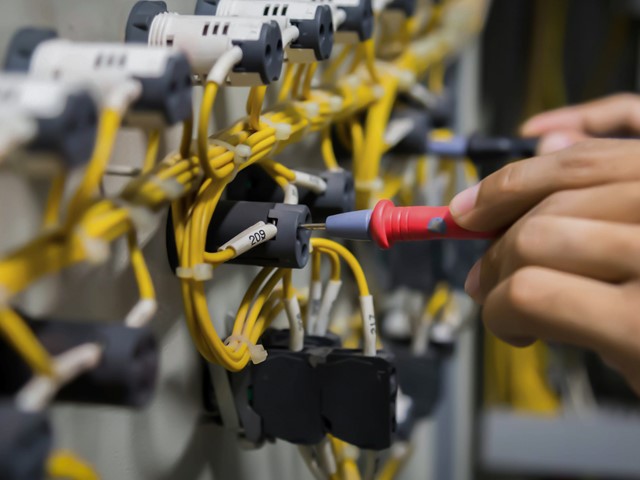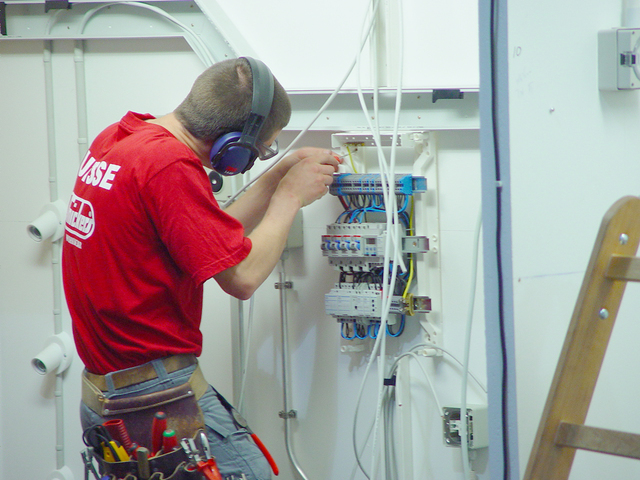The quest for sustainable and clean energy sources has never been more crucial than in our current era. With the looming threat of climate change and the depletion of finite fossil fuels, the world is turning to renewable energy alternatives to power our homes, businesses, and industries. Solar panels and wind turbines have emerged as two prominent contenders in the race toward a greener future. In this article, we’ll delve into the merits and considerations of both technologies to help you determine which green energy solution aligns best with your needs and circumstances.
Harnessing the Power of the Sun: Solar Panels
Solar panels, also known as photovoltaic (PV) panels, are designed to capture sunlight and convert it into electricity. This technology has gained remarkable popularity due to its versatility and ease of implementation. Here are some key advantages of solar panels:
- Abundant Resource: The sun is an abundant and inexhaustible source of energy. Solar panels harness this energy, making it an ideal solution for regions with consistent sunlight.
- Scalability: Solar installations can range from small residential systems to large commercial arrays, making it suitable for various energy demands.
- Low Maintenance: Solar panels have minimal moving parts, reducing the need for extensive maintenance. Regular cleaning and occasional inspections are typically sufficient to keep them operating efficiently.
- Silent Operation: Solar panels operate silently, making them an excellent choice for urban and residential areas.
- Aesthetic Appeal: Solar panels can be integrated into building designs, blending seamlessly with rooftops and facades.
However, solar panels also have their limitations:
- Weather Dependence: Solar energy production is contingent on sunlight availability. Cloudy days and nighttime significantly reduce power generation.
- Initial Costs: While solar panel costs have decreased over the years, the initial investment can still be substantial. Financial incentives and rebates may offset this, but the upfront expense remains a consideration.
- Space Requirements: To generate sufficient power, solar panels require a significant amount of space, which might not be feasible for all locations.
Harnessing the Power of the Wind: Wind Turbines
Wind turbines, on the other hand, harness the kinetic energy of the wind to generate electricity. These towering structures have become emblematic of renewable energy landscapes. Let’s explore the advantages of wind turbines:
- High Energy Output: Wind turbines can generate substantial electricity, especially in areas with consistent and strong winds.
- Energy Storage: Excess energy generated by wind turbines can be stored for later use, mitigating the issue of intermittent wind patterns.
- Land Utilization: Wind turbines can be installed on agricultural land or other open spaces without interfering with other land uses.
- Job Creation: Wind energy projects contribute to job creation in manufacturing, installation, and maintenance.
- Long Lifespan: Wind turbines have a relatively long operational lifespan, providing a stable energy source over many years.
However, wind turbines also pose certain challenges:
- Location Sensitivity: Wind turbines require specific wind conditions to operate optimally. Inconsistent wind patterns or low wind speeds can impact their efficiency.
- Visual and Noise Impact: Large wind farms can alter the visual landscape and generate noise, potentially leading to concerns from nearby residents.
- Environmental Impact: The construction and maintenance of wind turbines can have ecological consequences, such as bird collisions and habitat disruption.

Choosing the Right Solution for You
Selecting between solar panels and wind turbines necessitates a careful evaluation of your specific circumstances, including location, energy requirements, budget, and environmental considerations.
If you reside in an area with ample sunlight and have available rooftop or ground space, solar panels might be the more feasible option. Their low maintenance requirements and integration possibilities make them an attractive choice for residential and commercial applications. Financial incentives, such as tax credits and net metering, can help offset initial costs.
Conversely, if you are situated in a windy region and have access to open land, wind turbines could be a viable choice. Their potential for high energy output and storage capabilities can provide consistent power even in variable wind conditions. However, be prepared to address potential visual and noise concerns from nearby communities.
In some cases, a hybrid approach that combines both solar panels and wind turbines could be the optimal solution. This allows you to harness the benefits of both technologies and diversify your renewable energy portfolio. Check out Radar Makassar for additional tips and useful information about sustainable and clean energy sources.
Conclusion
The transition to renewable energy is no longer a luxury but a necessity to safeguard our planet’s future. Solar panels and wind turbines offer distinct advantages and challenges, and the choice between the two depends on your unique circumstances and priorities. As you embark on the journey towards sustainable energy, consider consulting with experts and exploring available resources to make an informed decision that aligns with your green energy aspirations. Whichever path you choose, both solar panels and wind turbines contribute significantly to reducing carbon emissions and shaping a cleaner, more sustainable world for generations to come.





